What Is an ETF? 9 Things to Know About Exchange-Traded Funds
Exchange-traded funds are becoming a big part of the investor's toolkit. But what is an ETF and why are they so popular?

Carolyn Bigda
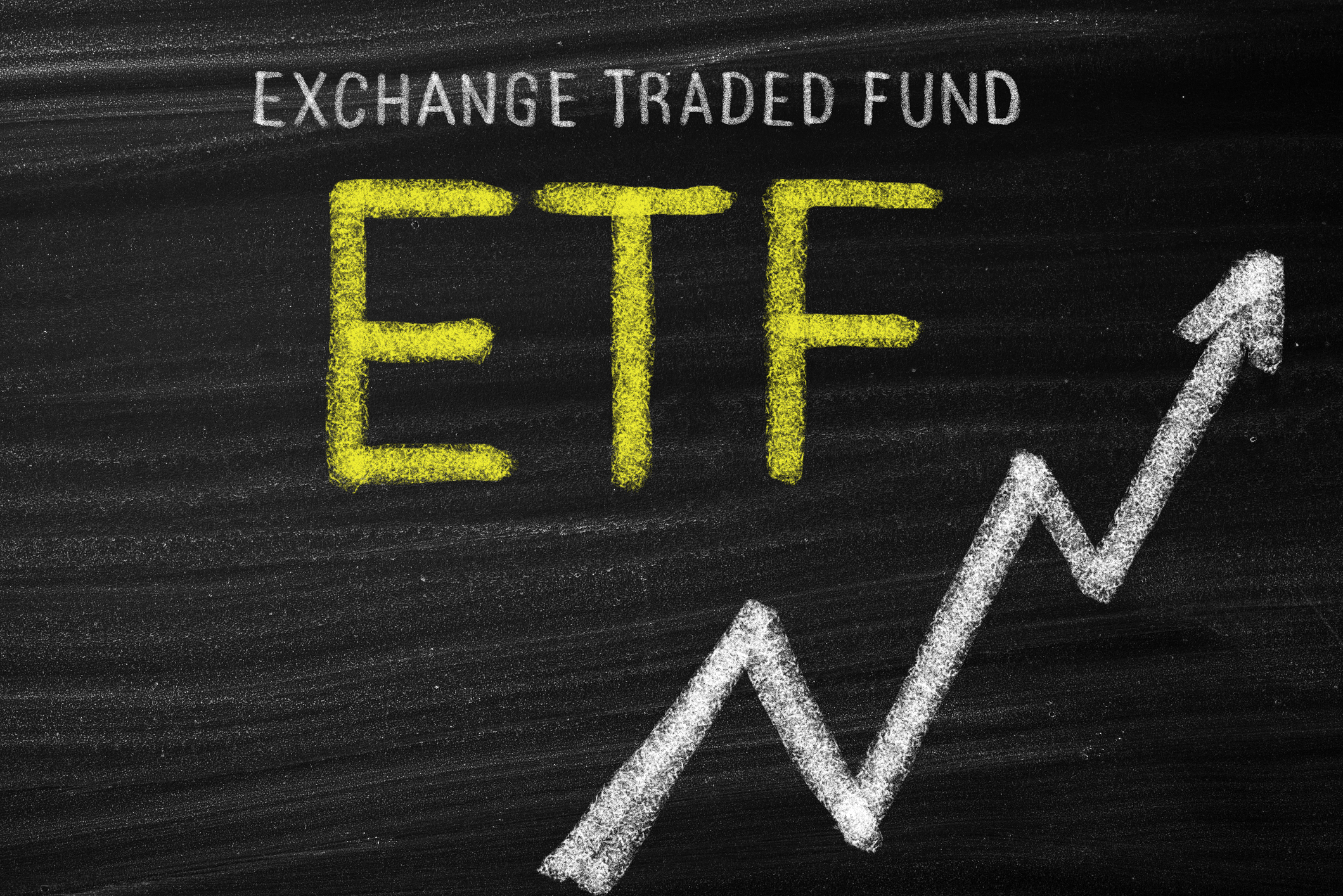
What is an ETF and why are they so popular?
There's no question that exchange-traded funds have become a major part of the investor's toolkit. "ETFs are similar to mutual funds in that they hold a collection of stocks and bonds in a single fund," writes Kiplinger contributor Will Ashworth in his feature "How to Invest in ETFs for Beginners." However, unlike mutual funds, ETFs "are bought and sold on stock exchanges, can be traded anytime the exchange is open, and you can start your ETF investing even if all you have to invest is $50," Ashworth adds.
Assets in ETFs and similar exchange-traded products (ETPs) now exceed $7 trillion, more than four times what they were a decade ago, according to the Investment Company Institute (ICI), the fund industry's trade group.
And because ETFs have become so commonplace, you now have more than ever to choose from. According to the ICI, there are nearly 3,000 exchange-traded products to choose from on U.S. indices alone!
The variety has grown, too. Some ETFs try to enhance return by using leverage or by betting against the direction of the market. So-called exchange-traded notes (ETNs) don't invest in stocks or bonds at all; rather, they are bank-issued debt. Other exchange-traded products are actually trusts, which often buy physical commodities, such as gold or silver.
Knowing some of the basics of how exchange-traded products work will go a long way toward helping you select the best ETFs for your portfolio.
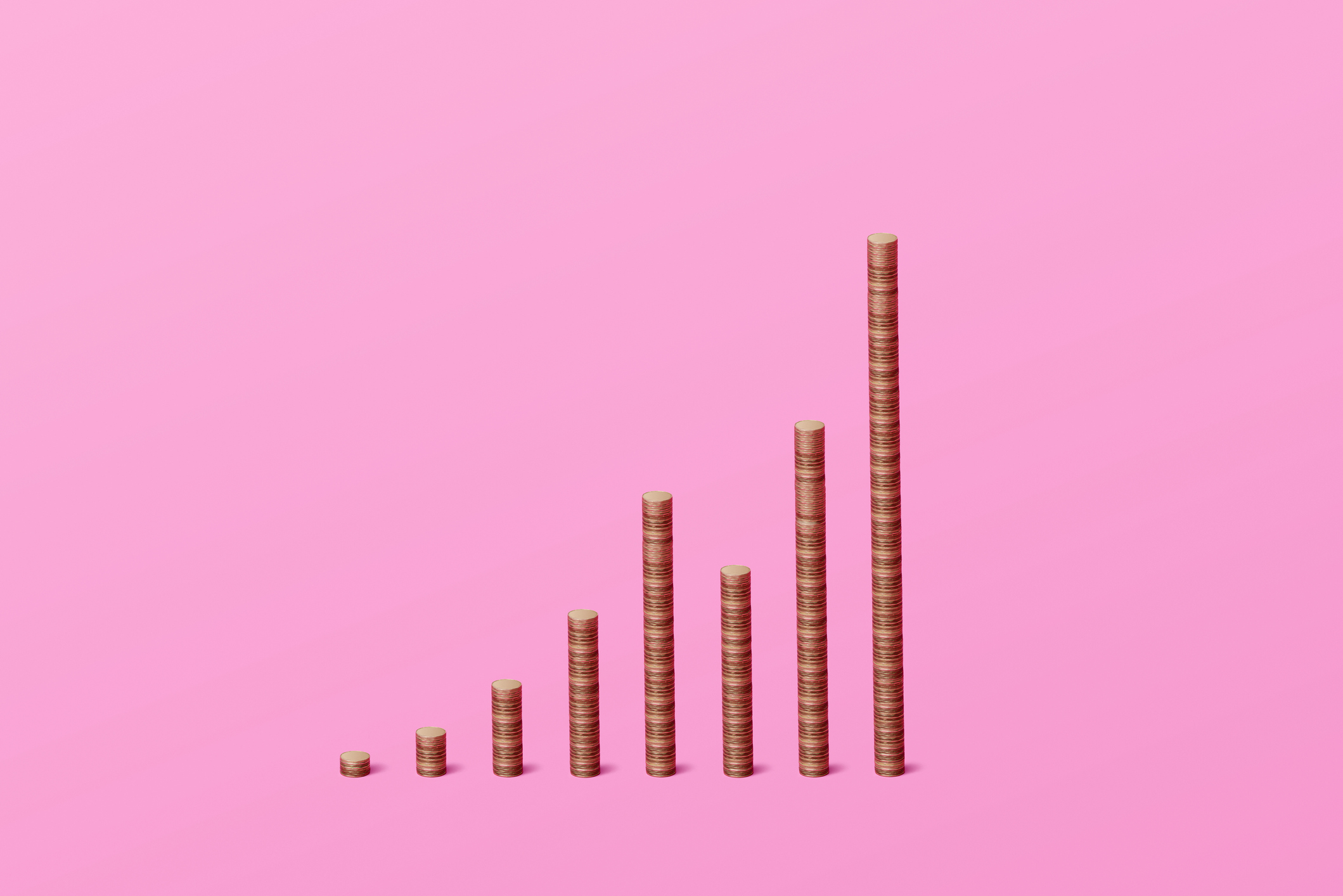
Why choose an ETF over a mutual fund? Cost for one.
Cost is typically the best reason to buy an ETF over a mutual fund, but ETFs don't always hold an advantage.
According to the ICI, the average expense ratio for equity mutual funds was 0.44% in 2022, while the average expense ratio for bond mutual funds was 0.37%. On the other hand, equity ETFs averaged 0.16% in fees, while bond ETFs averaged 0.11%.
This disparity is largely because so many mutual funds are actively managed – a costlier way to run a fund. But consider this: The average expense ratio for an index equity mutual fund was just 0.05% in 2022. This is three times cheaper than index equity ETFs, which averaged 0.16% in annual fees.
However, even that doesn't tell the whole story. You see, what few index mutual funds there are track the simplest of indexes – the S&P 500, value and growth indexes, etc. Index ETFs, on the other hand, track not just broad, cheaply replicated indexes, but also niche, boutique indexes that follow everything from lithium producers to Vietnamese firms. That raises the average.
In reality, the cheapest low-cost ETFs can undercut the cheapest index mutual funds. Consider that even a pair of beginner index funds from Vanguard are priced differently by type: The Vanguard Total Stock Market ETF (VTI), among the best Vanguard ETFs, charges 0.03% annually, while its mutual fund version, the Vanguard Total Stock Market Admiral Shares (VTSAX), is a touch more expensive at 0.04%.
Also worth noting is that an ETF's structure helps to keep costs low. When you invest in a mutual fund, the manager has to buy securities with your cash, as well as keep records, all of which add to expenses. With ETFs, you buy existing shares that an institutional investor (known as an authorized participant) has already created, minimizing transaction costs since no one at the ETF has to register your order.
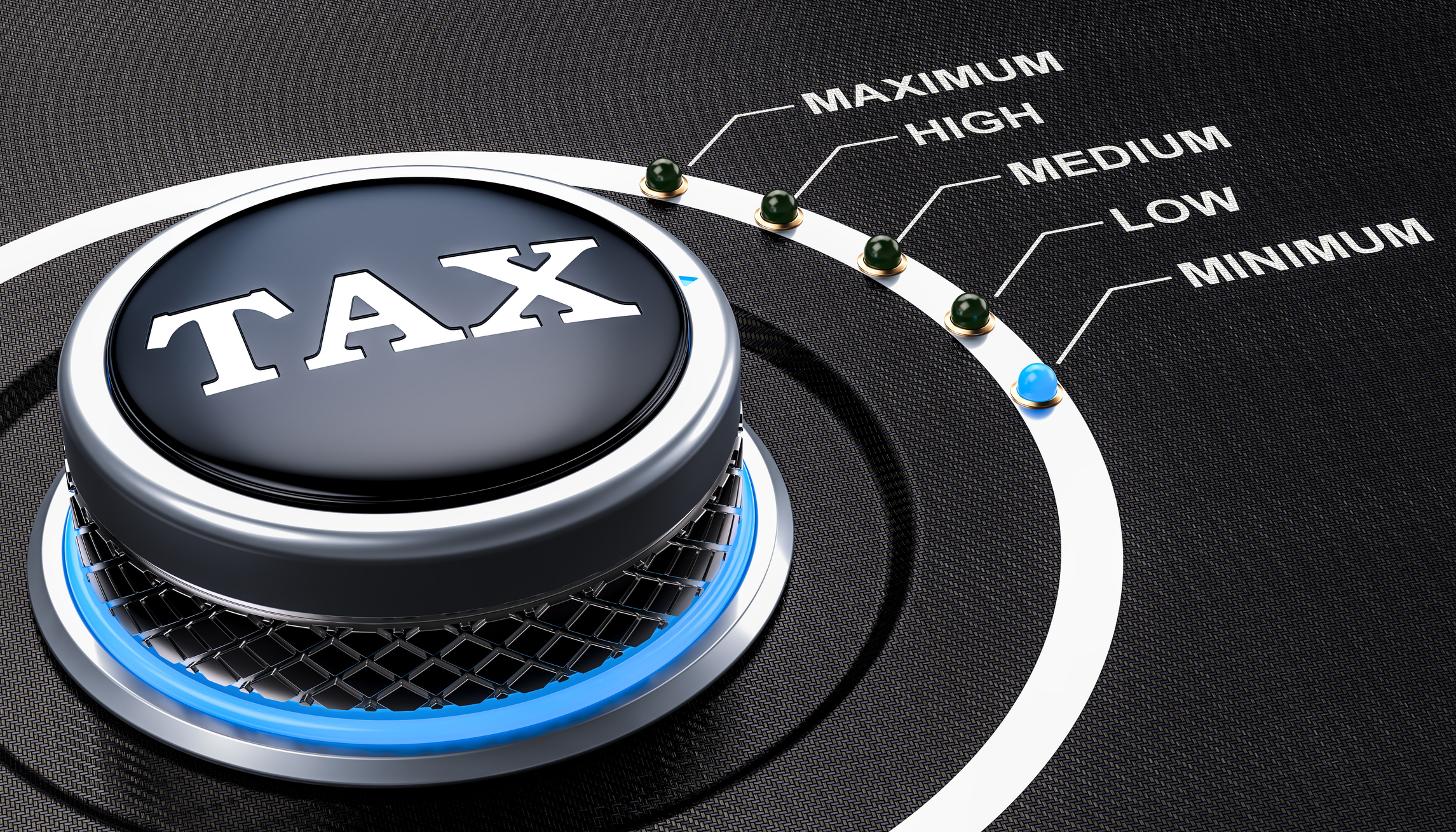
Other advantages of ETFs: low tax bills and no minimum investment
Start with a low tax bill. Like mutual funds, most exchange-traded products must distribute net realized capital gains to shareholders. Most index-tracking products tend to make few trades, but ETFs go one better because they don't always have to sell holdings when investors cash out. (Of course, if you invest through a tax-advantaged vehicle, such as an IRA, you don't have to worry about distributions.)
Other pros: You don't have to wait until the market's close to buy ETF shares, nor must you meet an investment minimum (sometimes in the tens or even hundreds of thousands!), as you would with a mutual fund. ETFs can be traded throughout the day, and you can buy as little as one share of an exchange-traded fund – heck, if your brokerage allows it, you can buy fractional shares of ETFs.

ETFs pay dividends
Exchange-traded funds that hold stocks, bonds or other income-producing assets don't just sit on the cash – they distribute it back to shareholders.
Given that equity ETFs hold dozens if not hundreds (or thousands!) of stocks, chances are that for each month of the year, at least a few of their holdings are distributing income. But equity ETFs typically pay quarterly, just like their portfolio stocks typically do.
Also, given changes in holdings' weight, as well as occasional increases and decreases in dividends, ETF dividends can fluctuate somewhat from period to period. So when calculating yield, it's often more accurate (if not a little conservative) to look at the trailing 12 months rather than annualize the most recent payout.
Bond ETFs sometimes pay quarterly, but they often distribute income monthly. Importantly, though, while bond ETFs receive interest income, they still pay dividends – however, they're typically not qualified dividends, and thus they're taxed like ordinary income. To measure bond ETFs' income, you use the SEC yield, which annualizes the income paid over the 30-day period ending on the last day of the previous month.

An all-ETF portfolio allows for diversification
As mentioned before, the U.S. is teeming with ETFs – nearly 3,000, according to the ICI – and they cover every asset category, from emerging-markets stocks to junk bonds to physical platinum ETFs.
So you can build an all-ETF portfolio. In fact, the combination of a wide variety of interesting choices (from a K-POP ETF to an ETF that monitors social media) and extremely cheap fees makes ETFs one of the best investments for teenagers and younger investors generally.
But while you can do all of your investing through ETFs, whether you should is another matter.
Rick Ferri, founder of Portfolio Solutions, a Troy, Michigan-based money-management firm that relies mainly on index funds, says ETFs are suitable for a portfolio's core stock holdings, such as shares of large U.S. companies. Exchange-traded products can also let you target specific assets – say, Japanese stocks or the technology sector. But, Ferri says, you may be better off with an actively managed mutual fund for bonds, especially those that aren't widely traded, such as junk bonds and emerging-markets debt. Moreover, bond indexers have more trouble matching a benchmark than stock indexers do because the bond market consists of millions of issues. Stocks, in comparison, number only in the thousands.
That said: A growing number of actively managed ETFs have launched over the past few years, allowing you to gain this kind of human-manager experience within an ETF wrapper.
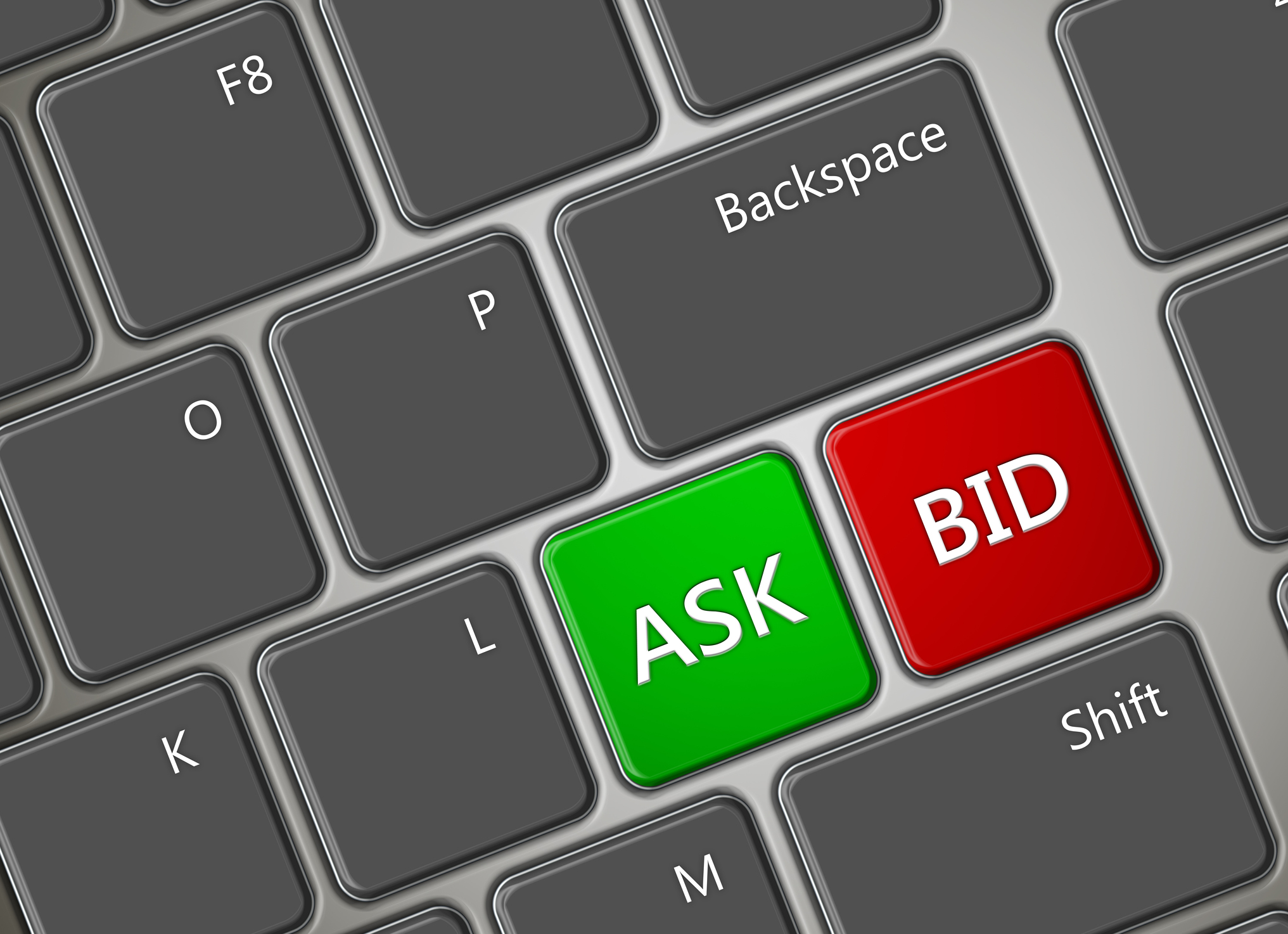
Wide spreads are one downside to ETFs
Investor demand for ETFs doesn't always match supply. When that occurs, the difference between the buy and sell prices – known as the bid-ask spread – widens. Lightly traded ETFs, which typically focus on obscure investments, are prone to big spreads. For example, the VanEck Egypt Index ETF (EGPT), an ETF that buys shares of Egyptian companies, recently had an average spread of 42 cents per share, according to ETF.com. In contrast, the spread for the widely held SPDR S&P 500 (SPY) was only a penny.
Similarly, supply-demand dynamics can affect whether ETF shares sell above or below the value of the fund's underlying assets. Certain mechanisms are designed to prevent ETFs from selling at noticeable premiums or discounts to net asset value (NAV), but things can get out of whack – often with funds that focus on a niche market, but sometimes even mainstream funds during times of market distress.
For instance, low liquidity in the bond market caused the Vanguard Total Bond Market ETF (BND) to trade at a more than 6% discount to its net asset value earlier in 2023. By contrast, shares of SPDR S&P 500 never traded for more than 0.1% above or below NAV.
You can look up an ETF's bid-ask spread, along with the premium or discount, at www.morningstar.com or www.etf.com. To minimize the risk of overpaying when you buy or getting underpaid when you sell, Ben Johnson, director of passive funds research at Morningstar, suggests using limit orders, which let you buy or sell shares for a set price.

"Leveraged" or "Inverse" ETFs are risky
These funds typically use derivatives to juice returns or try to profit when the market falls (or do a combination of both). But they usually deliver these results only on a daily or monthly basis, making them a bad choice for long-term investors (or really anyone without a crystal ball).
"They are an effective way to lose money," says Russell Wild, author of Exchange-Traded Funds for Dummies.
Consider the ProShares Short S&P 500 (SH), an inverse ETF that is supposed to return the opposite of the S&P 500. In recent years, investors may have bought into the fund as a way to hedge against the bear market. That would've worked on the way down, but given the market's recovery in 2023, investors who held for too long would've lost a significant amount.
We'll keep it brief: These should only be used by seasoned traders for short-term swing trades. Novice investors need not apply.
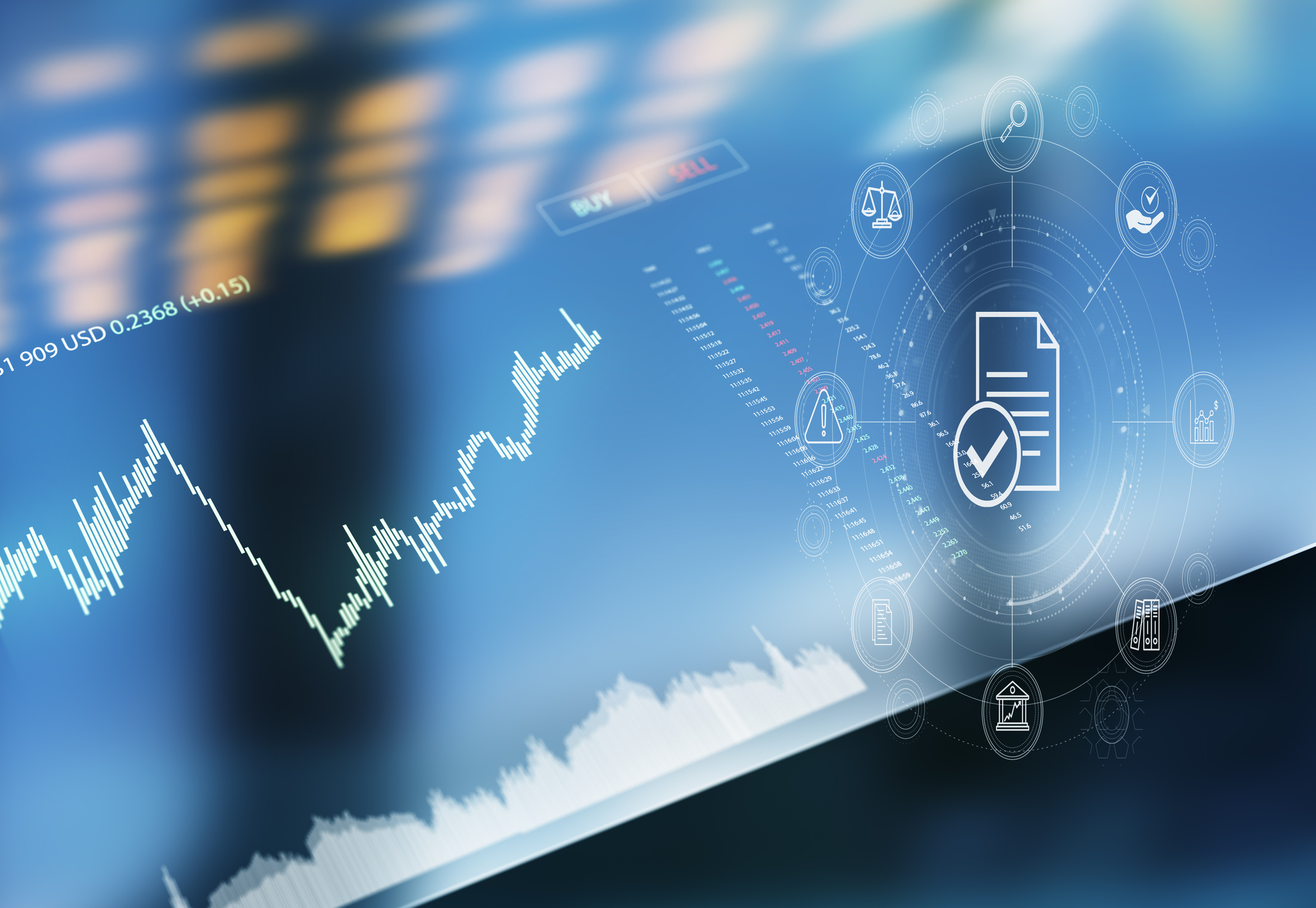
ETNs vs ETFs
While most ETFs own a basket of stocks or bonds, ETNs are bank-issued debt that promise to deliver returns similar to those of a market benchmark. Some investors like ETNs for tax purposes: These products generally do not distribute capital gains, dividends or income, so all taxes are deferred until you cash out (currency ETNs are an exception).
But investors in ETNs have to contend with the risk that a note's issuer could default on its obligations. Should the issuer go bankrupt (as Lehman Brothers, which issued three ETNs, did in 2008), you may get little or no money back. So make sure you understand this added risk and choose an issuer with sterling credit quality. One good example: JPMorgan Alerian MLP Index ETN (AMJ), which tracks a basket of master limited partnerships (MLPs), is backed by JPMorgan Chase (JPM), whose debt earns AA- and A-tier ratings from the major credit bureaus.
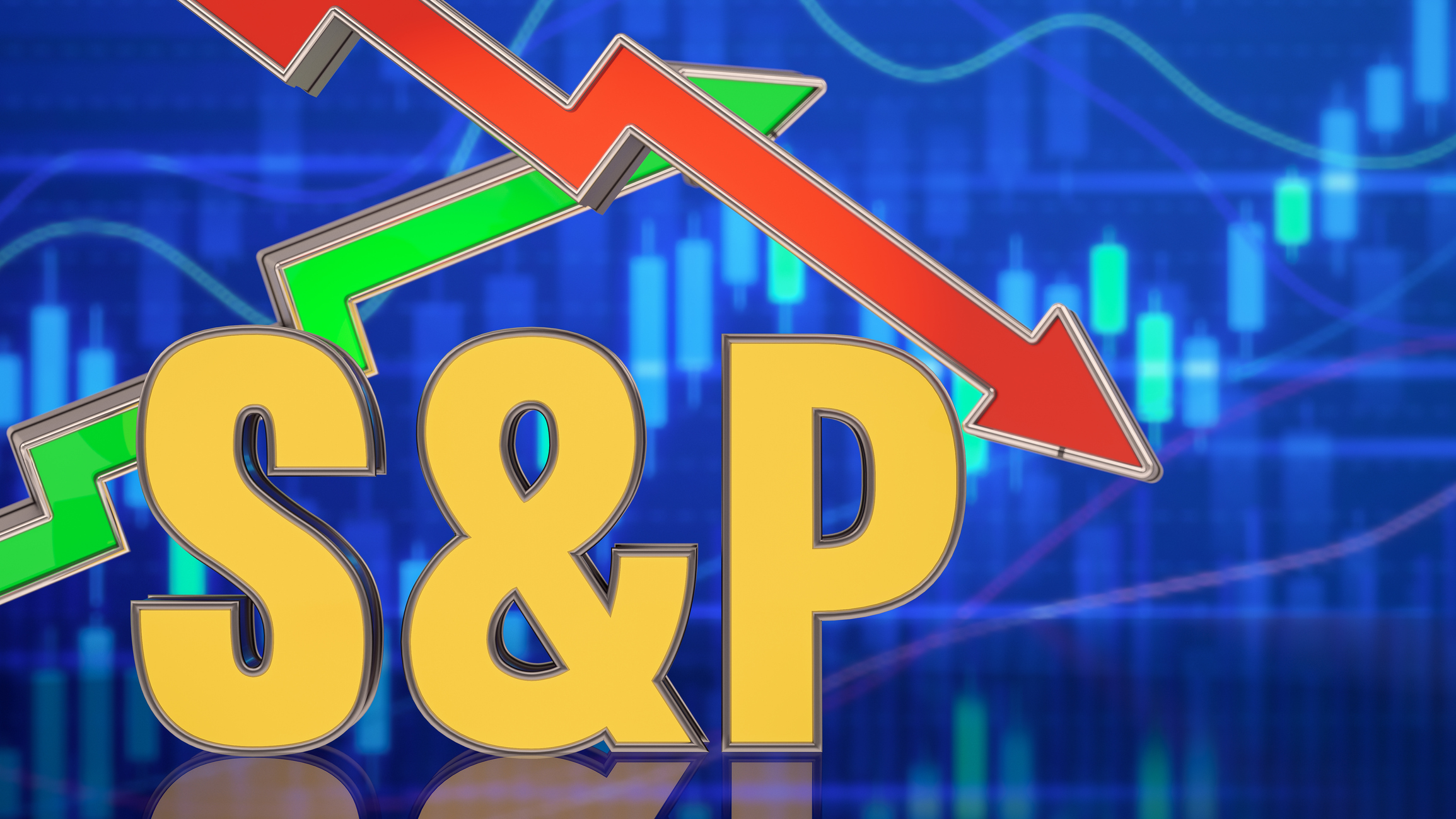
ETFs track traditional indexes and more
ETFs started out investing in straightforward benchmarks, such as the S&P 500 and the Nasdaq-100. These traditional indexes weight companies by their stock market value. But today, many ETFs follow indexes that are constructed using so-called fundamental measures, such as a company's total earnings or its dividend history.
Moreover, a small but growing number of ETFs try to outperform an index through the use of active management. The JPMorgan Equity Premium Income ETF (JEPI) is the largest actively managed ETF. The fund, managed by Hamilton Reiner and Raffaele Zingone, aims to deliver monthly distributable income and equity market exposure with relatively low volatility.

ETFs can be a good investment, but do your research
We'll say about exchange-traded funds what we'd say about many types of investments:
ETFs can be a good investment, but not all ETFs are a good investment.
Exchange-traded funds offer a wide array of benefits. They can:
- Help you diversify your holdings with very little work on your part
- Get you exposure to assets (like physical gold or oil futures) that would be much more difficult to access otherwise
- Invest you in international stocks that aren't available on U.S. exchanges
- Let you be the kind of investor you want to be, whether that's building a portfolio of long-term buy-and-hold stocks or day-trading aggressive funds
- Do all of the above for exceedingly little coin out of your pocket
Do bad ETFs and ETNs exist? Sure. Some have flimsy investing premises. Some are trading instruments that are practically doomed to long-term floundering. And more of a gray area: Just like with good stocks, even good ETFs can struggle for any number of reasons outside of their control.
But broadly speaking, exchange-traded funds are versatile, easy-to-use instruments that have helped drag down costs and saved investors time. And that's why, year after year, investors keep plowing more and more of their money back into ETFs.
Related content
Profit and prosper with the best of Kiplinger's advice on investing, taxes, retirement, personal finance and much more. Delivered daily. Enter your email in the box and click Sign Me Up.
Kyle Woodley is the Editor-in-Chief of WealthUp, a site dedicated to improving the personal finances and financial literacy of people of all ages. He also writes the weekly The Weekend Tea newsletter, which covers both news and analysis about spending, saving, investing, the economy and more.
Kyle was previously the Senior Investing Editor for Kiplinger.com, and the Managing Editor for InvestorPlace.com before that. His work has appeared in several outlets, including Yahoo! Finance, MSN Money, Barchart, The Globe & Mail and the Nasdaq. He also has appeared as a guest on Fox Business Network and Money Radio, among other shows and podcasts, and he has been quoted in several outlets, including MarketWatch, Vice and Univision. He is a proud graduate of The Ohio State University, where he earned a BA in journalism.
You can check out his thoughts on the markets (and more) at @KyleWoodley.
- Carolyn BigdaContributing Writer, Kiplinger's Personal Finance
-
 Holiday Tax Scams: 'Tis the Season to be Wary
Holiday Tax Scams: 'Tis the Season to be WaryTax Scams Navigating tax tricks of the holiday season may be daunting, but don't let that destroy your festive spirit
-
 Metro by T-Mobile Is Giving Away This Samsung Galaxy A16: Which Plans Are Eligible?
Metro by T-Mobile Is Giving Away This Samsung Galaxy A16: Which Plans Are Eligible?Metro by T-Mobile is offering free Samsung Galaxy A16 phones on eligible plans right now. Here’s how the deal works.
-
 I Drive and Collect Classic Cars: Here’s How I Got Started
I Drive and Collect Classic Cars: Here’s How I Got StartedAre classic cars a hobby or an investment strategy — or both? Either way, the vintage car scene is much cooler and more affordable than you think.
-
 Dow Rises 497 Points on December Rate Cut: Stock Market Today
Dow Rises 497 Points on December Rate Cut: Stock Market TodayThe basic questions for market participants and policymakers remain the same after a widely expected Fed rate cut.
-
 JPMorgan's Drop Drags on the Dow: Stock Market Today
JPMorgan's Drop Drags on the Dow: Stock Market TodaySmall-cap stocks outperformed Tuesday on expectations that the Fed will cut interest rates on Wednesday.
-
 Crypto Trends to Watch in 2026
Crypto Trends to Watch in 2026Cryptocurrency is still less than 20 years old, but it remains a fast-moving (and also maturing) market. Here are the crypto trends to watch for in 2026.
-
 Stocks Swing in Volatile Session: Stock Market Today
Stocks Swing in Volatile Session: Stock Market TodayThe main indexes fell sharply in early trading on rising China tensions, but rebounded thanks to encouraging bank earnings.
-
 Dow Adds 587 Points as Stocks Bounce: Stock Market Today
Dow Adds 587 Points as Stocks Bounce: Stock Market TodayThe main indexes rebounded sharply Monday after President Trump took a calmer stance toward China.
-
 The Most Tax-Friendly States for Investing in 2025 (Hint: There Are Two)
The Most Tax-Friendly States for Investing in 2025 (Hint: There Are Two)State Taxes Living in one of these places could lower your 2025 investment taxes — especially if you invest in real estate.
-
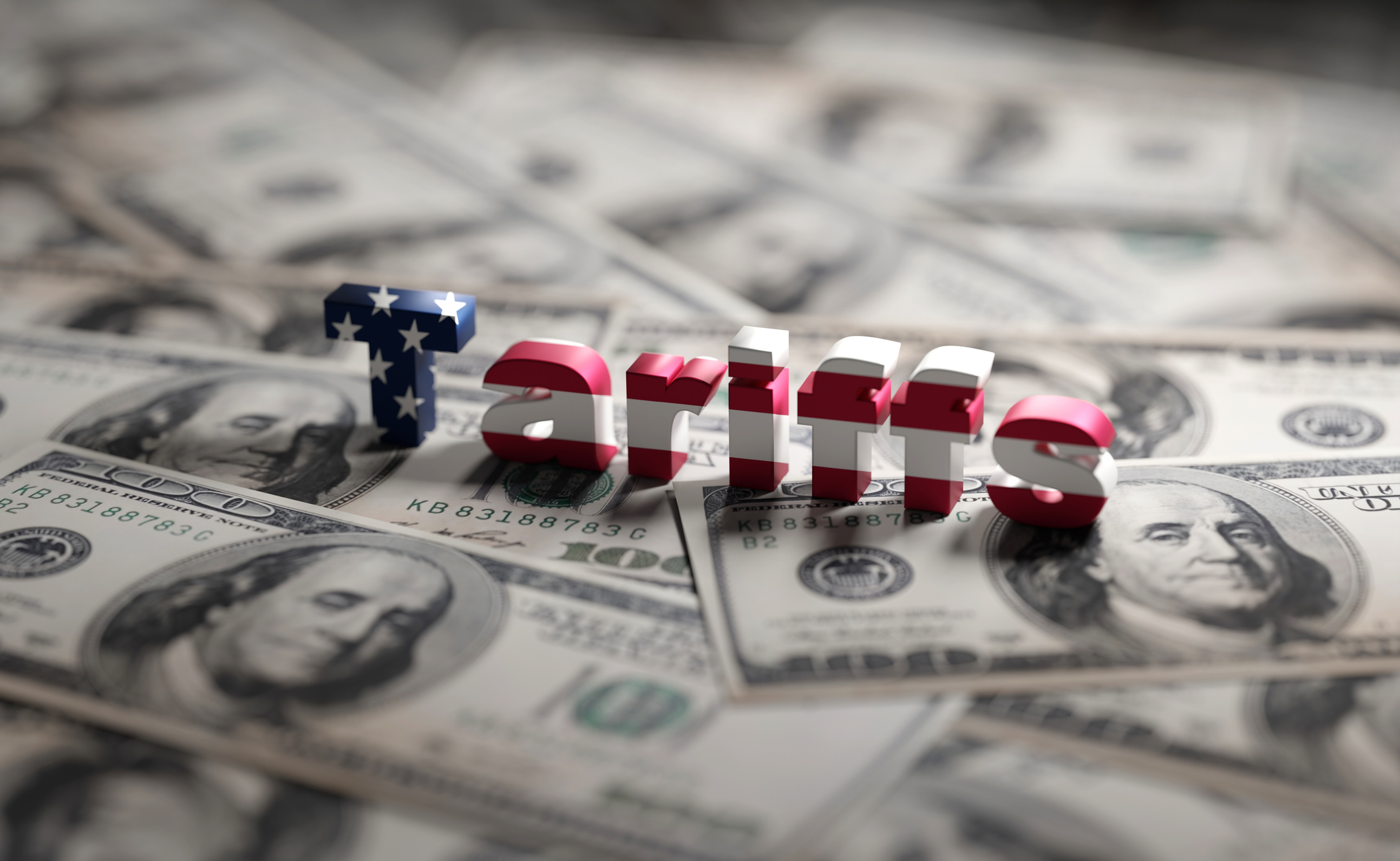 What Tariffs Mean for Your Sector Exposure
What Tariffs Mean for Your Sector ExposureNew, higher and changing tariffs will ripple through the economy and into share prices for many quarters to come.
-
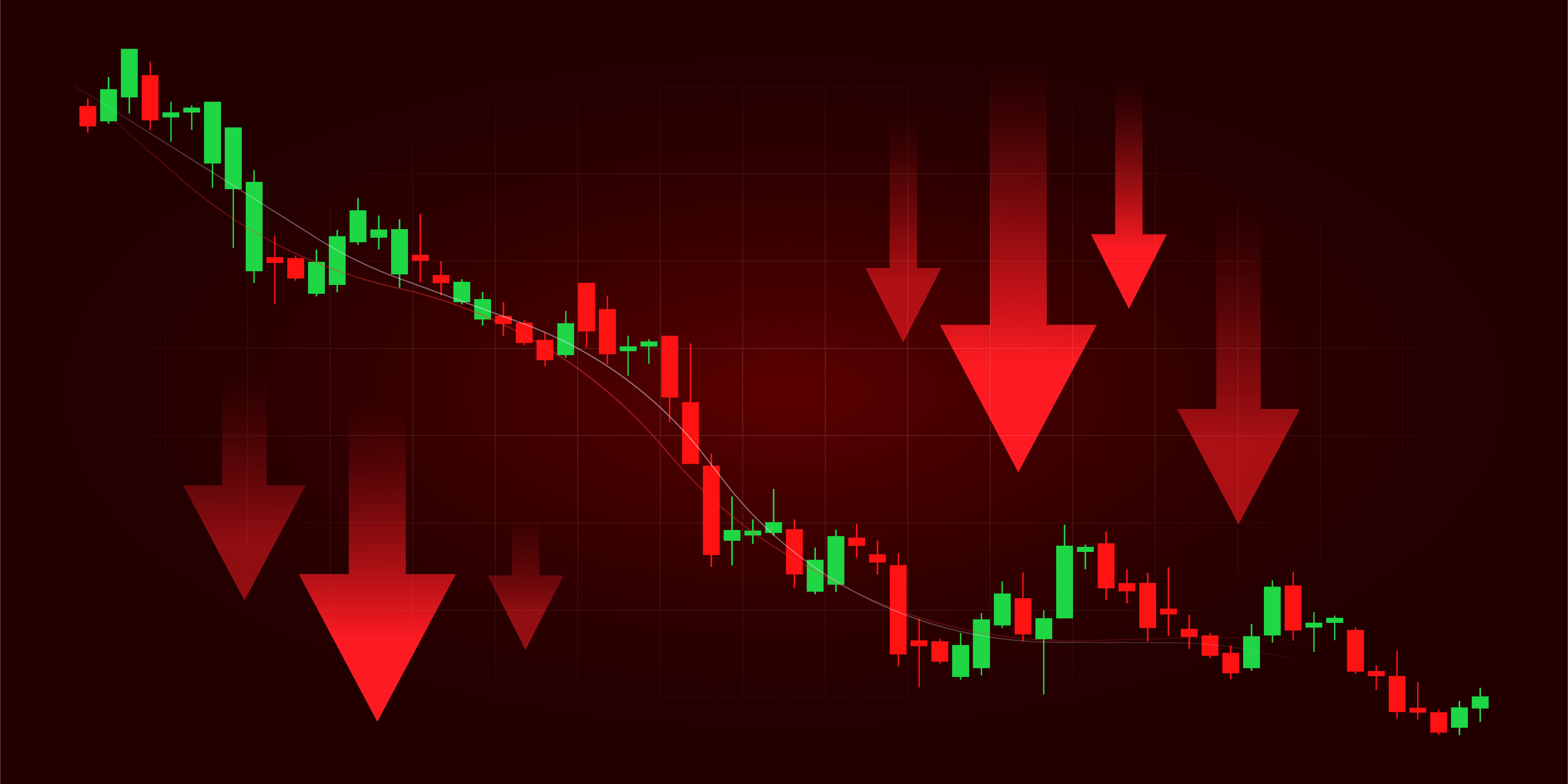 Stocks Are Up and Down on Fed Day: Stock Market Today
Stocks Are Up and Down on Fed Day: Stock Market TodayIn another sign of changing times, JPMorgan has partnered with Coinbase to enable cryptocurrency purchases with credit cards.

